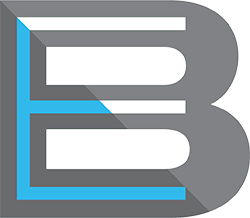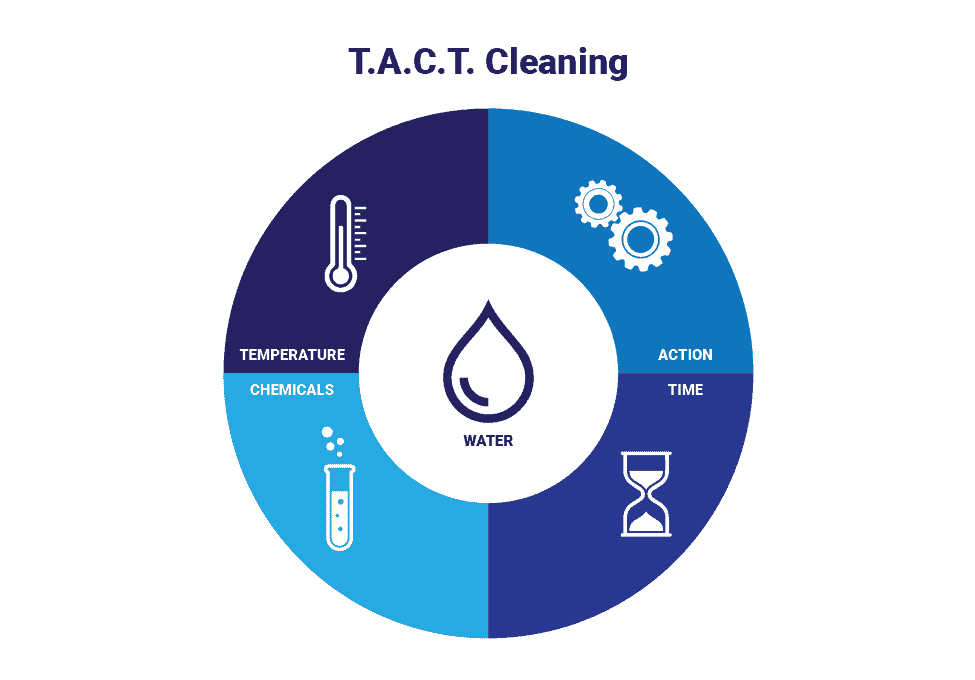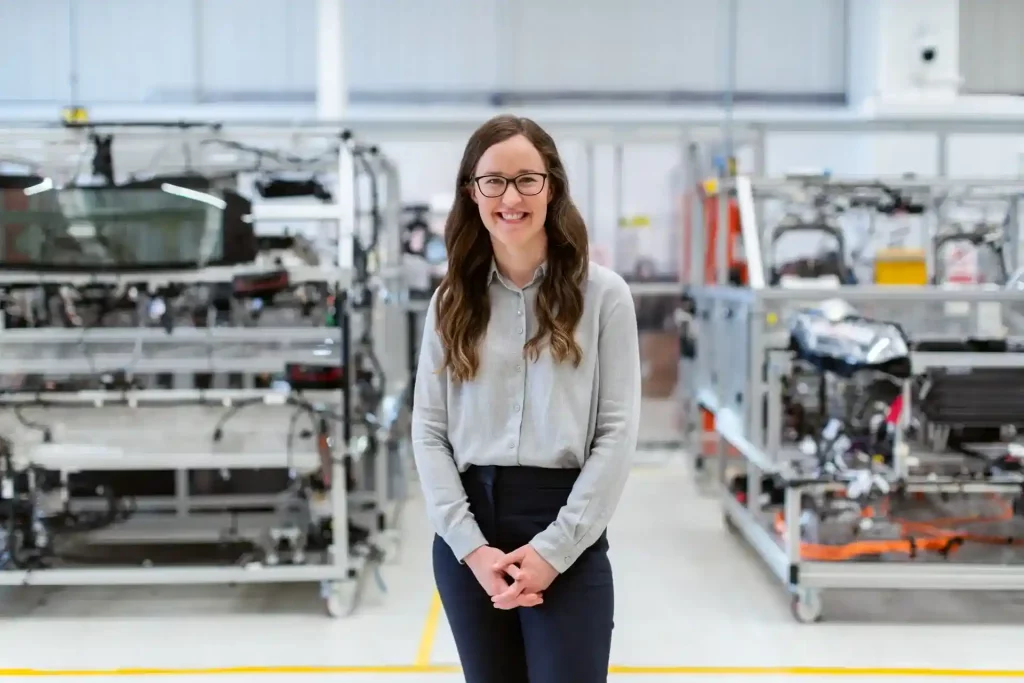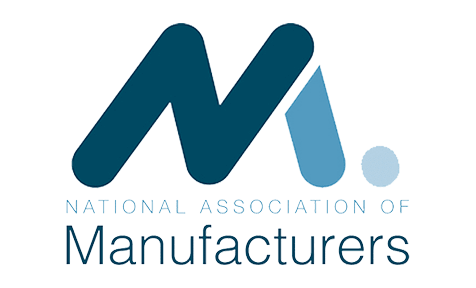The Basics of Industrial Parts Cleaning
Successful parts cleaning depends on four inseparable variables referred to as TACT: time, action/impingement, chemical/concentration, and temperature.
Virtually all water-based cleaning applications implement these four variables, whether washing machined metal parts or your car or dishes at home. In fact, changing any of these factors will increase or decrease the effectiveness of the process.
Time
The amount of time the cleaning agent works on soiled parts is crucial for efficient washing. If residue is not exposed long enough to the wash cycle, then soil removal may become more difficult. Additionally, the time allotted for rinse stages is equally as important as wash stages. Rinse cycles remove any detergent and possible soil left remaining. If a rinse cycle is not long enough, detergent residue may be left behind.
Action/Impingement
Action is the type of cleaning method utilized. In spray washers, spray impingement is the pressure and volume of the spray. The distance from the spray jet/nozzle to the part is also an essential factor. The closer the nozzle is to the part, the stronger the spray impingement. Also, ultrasonic cleaning increases impingement in immersion systems.
Chemical and Concentration
Chemicals and concentrations are selected to remove a specific contaminant from a part without harming the material.
Temperature
Cleaning efficacy increases as the water temperature increases until the chemical solution reaches its maximum operating temperature.
Better Engineering has a complete Engineering Process Lab and Machine Demonstration Test Center to test and evaluate your parts and processes to help develop a TACT system specific for your application. For more information about the basics of parts cleaning, Contact Better Engineering via email or phone at 1-800-229-3380 for a complimentary part cleaning consultation.






